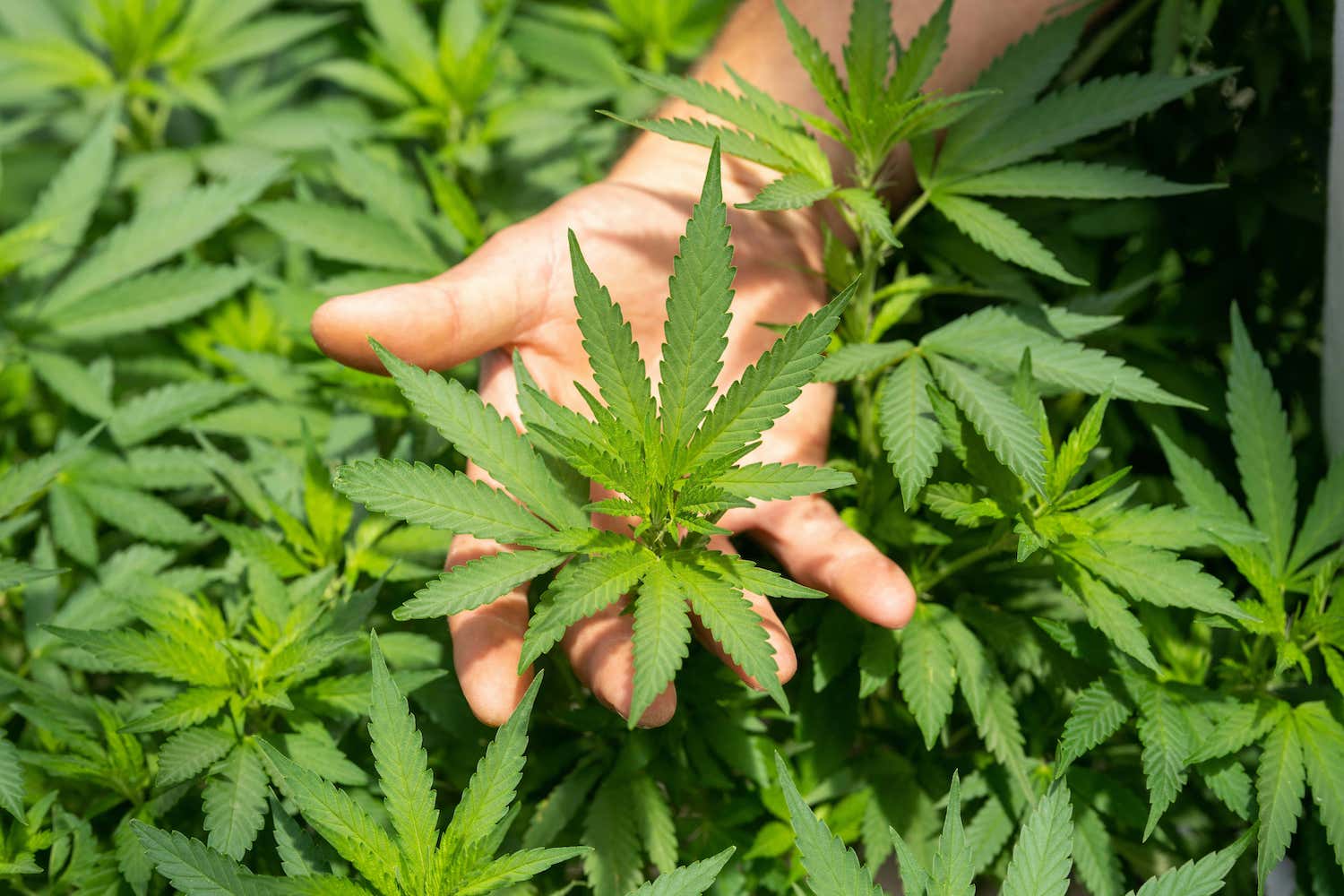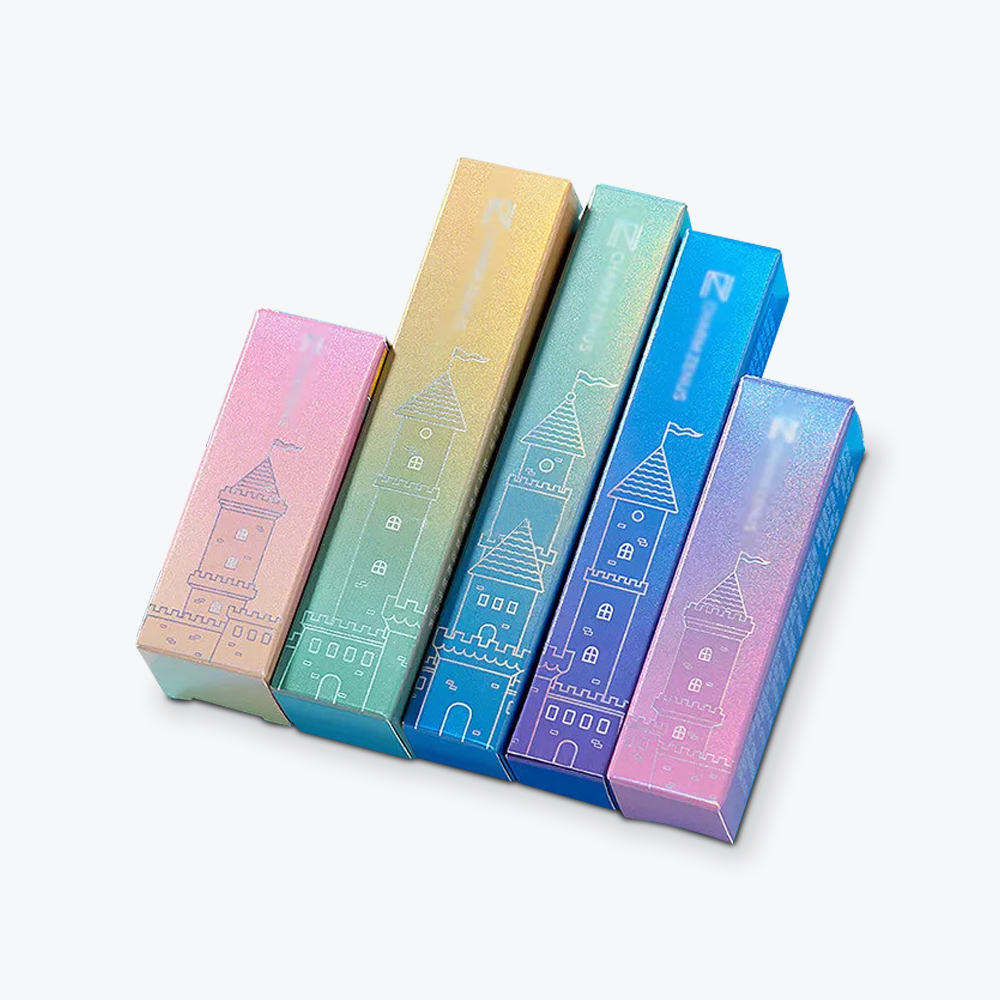Packaging is an essential—there’s no denying that. From food products to cosmetics, packaging is crucial to protect various goods during transport. It’s also a great way to provide valuable information and promote your brand. But it tends to create a ton of waste, with most packaging being designed as single-use.
Plastic is the number one culprit. National Geographic finds that 40% of plastic is utilized for packaging, used once, and then thrown away. According to the same report, on a global scale, less than a fifth of all plastic is recycled. In fact, in the US alone, only 9% of plastic trash is recycled. And when they’re not headed for landfills, they end up in our oceans. In 2015, it was roughly estimated that between 5.3 million and 14 million tons of plastic end up in our oceans every year, killing millions of marine animals in the process.
The good news is it’s not all doom and gloom for the packaging industry. There’s a growing drive toward promoting sustainability and greener packaging practices that benefit both us humans and our planet. Heightened consumer awareness of the effects of packaging waste is one of the main drivers of this change. Additionally, manufacturers are stepping up in a bid to meet consumers’ changing demands (with an emphasis on sustainability) while creating sustainable packaging that benefits the planet.
So, what can we do—or more like, what can we use to promote sustainability in our packaging? We have one word for you: hemp.
Why Hemp? Why Not?
Why use hemp for packaging? Because it’s an incredibly eco-friendly and recyclable material. It’s also incredibly versatile and can be turned into hemp boxes, such as cosmetic boxes and kraft boxes in custom sizes.
What is made out of hemp?
You can use hemp bioplastic to replace traditional, single-use plastics. You can turn hemp into hemp paper. There’s even a green building material called “hempcrete” that you can use for building insulation and structure. Other things that can be made using hemp include rope, textiles, clothing, beauty products, biofuel, and consumer goods like wallets and furniture.
And yes, you can use hemp to make durable and customizable hemp boxes. Aside from a range of custom sizes, you can further personalize hemp boxes so that they stand out. There are plenty of personalization options to create custom hemp boxes, ranging from matte or gloss lamination and spot UV to die cutting and soft touch coating or lamination.
Hemp itself is a versatile and sustainable plant that requires fewer resources to cultivate compared to cotton. Every part of the hemp plant has some utility and it’s capable of absorbing more carbon dioxide (on a per-hectare basis) compared to other crops.

Here’s a rundown of why hemp is the next big thing in sustainable packaging:
- Hemp is a by-product of the cannabis industry, which makes it a fairly accessible material in some territories. The plant itself has a fibrous structure, which helps in reinforcement. Compared to other biomaterials, hemp proves to be stronger and more malleable, according to this study.
- Hemp packaging, whether it’s in the form of paper or bioplastic, is biodegradable. So, when it’s exposed to the environment, hemp packaging can naturally decompose.
- Hemp packaging is incredibly versatile. As a bioplastic, it’s an eco-friendly packaging alternative that can be used not only for packaging but also for automotive components (as composites) and even consumer goods. Meanwhile, hemp paper is highly durable and doesn’t easily deteriorate compared to paper made from trees.
- Hemp packaging is recyclable and renewable. Companies using hemp packaging will also likely gain a competitive advantage over competitors who still use traditional packaging materials, given that consumer demand for sustainability is growing.
What Is Hemp Paper?

So, with all this talk about hemp packaging, you might ask “What is hemp paper?”
Well, simply put, it’s paper made from the hemp plant. The great thing about hemp is that, when processed, hemp yields some of the strongest natural fibers. These hemp fibers can be classified into two: the longer bast fibers and the shorter hemp hurds, with the latter serving as a suitable wood pulp counterpart. Most of the material used to make hemp paper comes from hemp stalks, which contain a greater percentage of cellulose, a component that’s essential in making paper.
Hemp plants are also sustainable because they have a much faster crop yield. They have one growing season, which means that they’re ready for harvesting in just a few months. Aside from a faster crop yield, you’re also able to yield more material for hemp paper compared to when you’re harvesting trees for paper making.
On a more serious note, hemp paper is a great alternative to traditional paper packaging because of several reasons:
- It’s recyclable and can be used for insulation.
- Hemp paper produces significantly less waste and doesn’t require manufacturers to cut trees.
- Doesn’t use a lot of chemicals compared to traditional paper. The plant contains more cellulose and less lignin than trees. This means that fewer chemicals are used to make hemp paper white or to enhance its structure.
Like hemp bioplastics, hemp papers are also very versatile. Aside from packaging, hemp paper can be used in industries like textiles to make clothes. Here are some creative hemp paper uses:
- Specialty paper
- Coffee filters
- Tea bags
- Producing banknotes
- Cigarette paper
- Paper for daily use, like notepad paper
Hemp Paper vs. Tree Paper

There’s a huge discussion around the hemp paper vs. tree paper debacle. Let’s take an objective look at the merits and pitfalls of each one to help us make more informed packaging decisions.
Hemp Paper
- Hemp paper is of high quality because the fibers from hemp plants have great tensile strength, making hemp paper durable and long-lasting. Hemp paper is also less prone to yellowing with age.
- Hemp is an environmentally friendly crop with rapid growth cycles. This makes it a renewable resource you can use to manufacture hemp paper and other hemp packaging products.
- Hemp is easier to process and doesn’t use a ton of chemicals during the production process.
- Producing hemp paper doesn’t entail cutting trees, which can help curb deforestation.
- Producing hemp paper can be potentially more expensive compared to traditional paper, given that in some regions, hemp has limited availability.
- The infrastructure required to produce hemp paper on larger scales isn’t as developed as its tree paper manufacturing counterparts.
Tree Paper
- Tree paper is also versatile and can be used in various settings, from schools to offices.
- The raw material is more easily available and there’s already a robust infrastructure in place for manufacturing paper made from trees.
- Tree paper can be a renewable resource, provided that companies regrow trees after harvest. There are also certifications in place that ensure tree paper’s sustainability, such as those from organizations like the FSC and SFI.
- The paper industry’s processes when it comes to making tree paper still require manufacturers to cut, well, trees. It takes 24 trees just to produce one ton of paper.
What Else Do We Need to Know About Hemp Paper vs. Tree Paper?
Wood fiber is the main component used for making tree paper. In the traditional paper-making process, manufacturers may incorporate additives or use more chemicals to remove the lignin from wood pulp. This is done to alter the chemical composition of the wood pulp and create white tree paper. Meanwhile, in hemp paper production, manufacturers can instead use hydrogen peroxide to whiten hemp paper.
The paper industry’s process of making tree paper also consumes significant energy. Compared to using hemp for paper production, a paper mill will use more energy and emit more greenhouse gas emissions to produce tree paper.
Hemp papers are also incredibly versatile. While you can use hemp fiber alone in making paper, these tend to result in thin sheets. However, you can use hemp pulp to make pulp paper, which gives you a softer yet still high-quality paper that’s ideal for everyday use. From specialty papers to stamped paper, hemp lends itself well as a material for paper production.
Is Hemp Packaging 100% Effective All the Time?
Hemp packaging is an eco-friendly alternative to many traditional packaging materials and the paper industry is starting to see its advantages. However, while it has plenty of benefits, it does have its fair share of drawbacks.
|
Pros
|
Cons
|
|
Hemp bioplastic is free of toxic chemicals like toluene and benzene.
|
Producing hemp packaging is more expensive compared to traditional plastics due to hemp’s limited availability.
|
|
Hemp packaging is biodegradable and compostable.
|
If mixed with different materials, recycling hemp packaging can be challenging, given that not all recycling facilities are capable of handling such bioplastics.
|
|
It’s renewable and producing it gives off a lower carbon footprint compared to manufacturing traditional plastic packaging.
|
Hemp packaging, because it’s often in the form of bioplastics, has a relatively shorter shelf life.
|
|
It’s incredibly lightweight and durable.
|
Hemp plants as a raw material have limited availability.
|
What Can Hemp Not Do?
There’s technically no limit to what you can do with hemp. Aside from hemp paper and hemp bioplastics, there’s also hemp cardboard. The hemp plant’s high cellulose levels make it an ideal material for producing hemp boxes. To produce hemp cardboard boxes, manufacturers typically infuse hemp with other materials to create a range of packaging materials like folding boards, boxes, and even cardstock.
Hemp is also increasingly being used to create a wide range of packaging boxes, including custom boxes with gloss lamination, soft touch coating, and more. Hemp boxes are versatile, much like their paper counterpart. Use them to package hemp-based products or practically any product under the sun. This way, you’ll have standout eco-friendly packaging that’s not only visually appealing but also conveys your brand’s mission to do your bit for the planet.
Hemp boxes, much like traditional cardboard boxes, can be customized so that they come with nifty features like protective dust flaps, durable construction, and two-sided printing.
Hemp is quickly becoming a new sustainable favorite for packaging materials. Plus, you can use them to craft winning custom packaging to not just protect your goods but also bolster your branding and showcase your sustainability efforts at the same time.
Custom Hemp Packaging for Every Need
Quality packaging shouldn’t come at a cost to the environment.
Hemp is an excellent quality material that’s also versatile and durable.
You can use hemp packaging, such as hemp boxes and eco-friendly kraft, to protect and present your products in a way that benefits not just the planet but also you and your customers.
Refine Packaging has years of experience in producing custom hemp packaging, ranging from custom-printed hemp boxes for a variety of products to custom hemp boxes for CBD oils. Packaging boxes don’t need to be bland. We offer embossing, as well as other customization options, such as spot UV and die cutting, to make your hemp boxes stand out.
These options are fully customizable, allowing you to select custom sizes and printing options. So, whether you’re looking for window patching to better showcase your products or something with a velvety texture to enhance the feel of your packaging, there’s no limit to what you can do with us and with our custom hemp boxes.
For all your eco-friendly packaging needs, look no further than Refine Packaging. From custom cardboard boxes and cosmetic boxes to hemp display boxes and specialty papers, we’ve got you covered. With us, you’ll have access to eco-friendly packaging at a cost-effective rate. We also offer an affordable price and cover quality assurance, shipping, and everything in between, so that the hemp boxes arrive at each customer’s doorstep and meet your expectations.
Make the switch to eco-friendly hemp for your product’s packaging and have a better way to display and protect your products while doing your bit for the planet and future generations.
































.svg)
Share